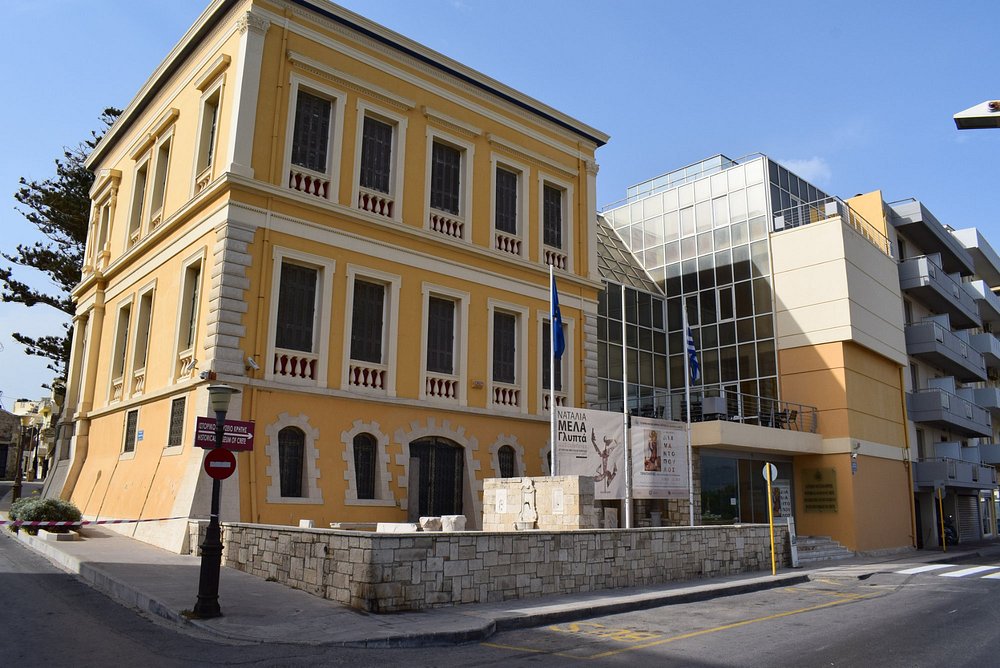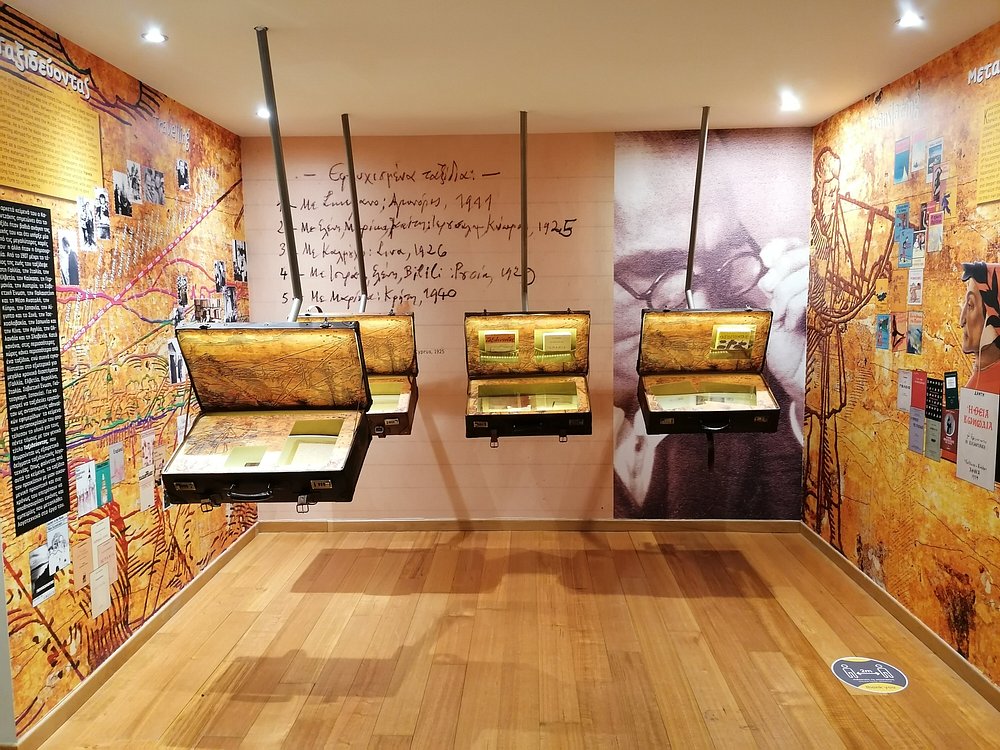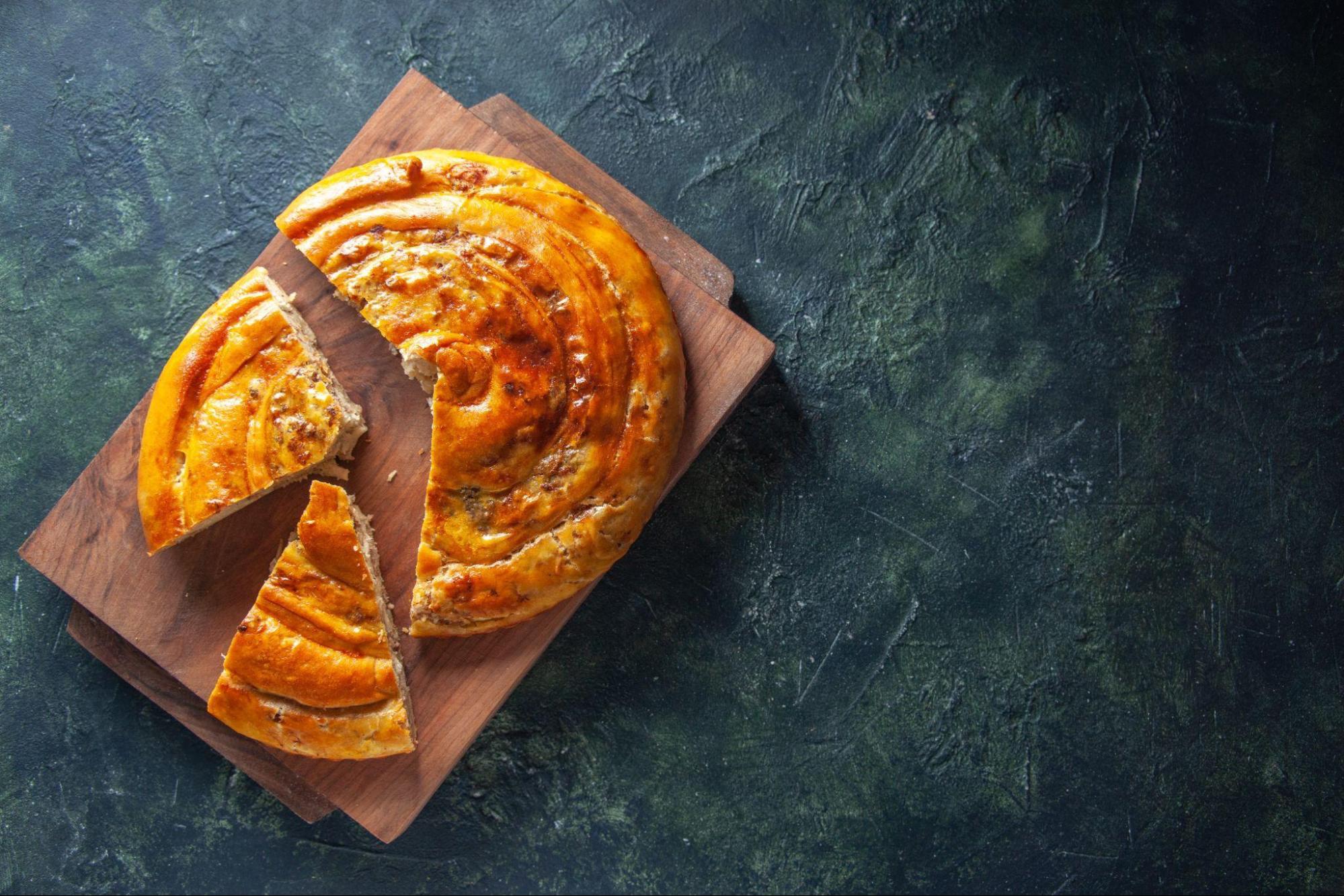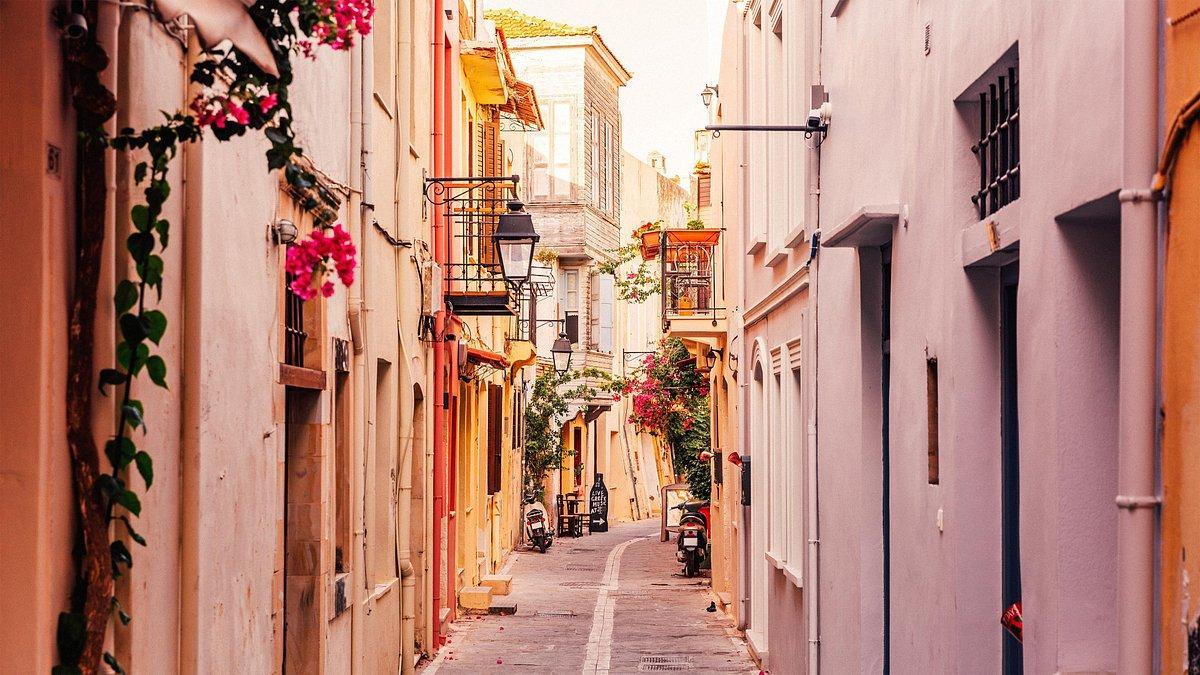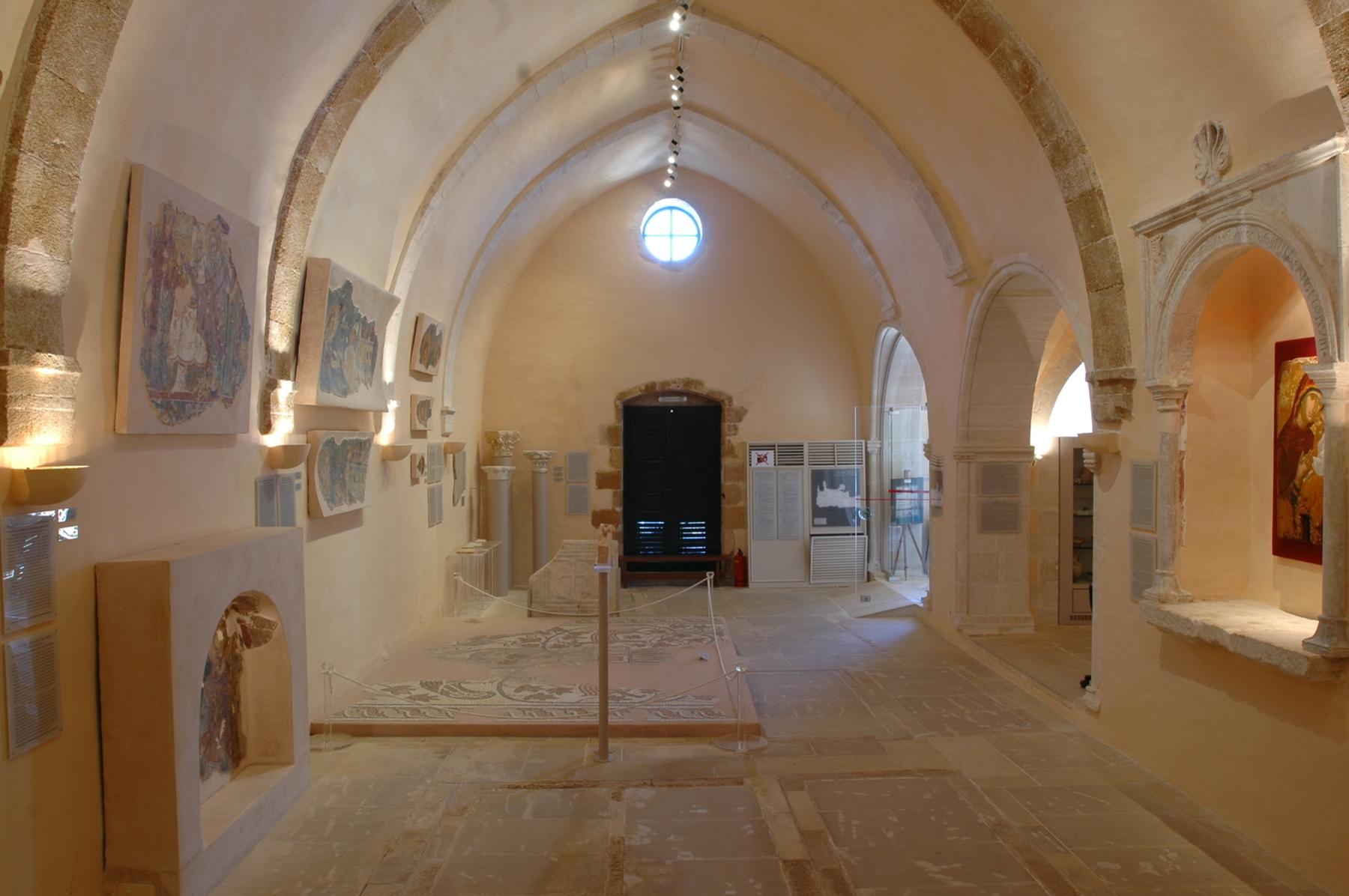
Right at the entrance to Chania’s Venetian harbor, where the crowds are thick and the restaurants are calling out, there’s a heavy wooden door. Most people walk right past it. It leads into the old Church of San Salvatore, which now houses the Byzantine and Post-Byzantine Collection of Chania. This isn't about Minoan palaces or Roman statues. This place is a quiet time capsule of Crete’s Christian history, from the early Byzantine period right through the long years of Venetian and Ottoman rule.
The building itself, a 15th-century Venetian church, sets the mood. It’s cool and dim inside, a real escape from the sun and noise. The light is kept low on purpose to protect the art, so give your eyes a moment to adjust. The collection is basically in one large hall. It’s not overwhelming; it’s focused. You’re here to see how Cretan religious art survived and changed over centuries of occupation.
-
The Icons: This is the main reason you are here. The collection of icons from the 14th to the 19th century is the star of the show. You can clearly see the evolution of the Cretan School of icon painting, which blended traditional, stiff Byzantine styles with a bit of Italian Renaissance humanity. Look for the detail in the faces and clothing.
-
Salvaged Frescoes: There are fragments of wall paintings (frescoes) that were carefully saved from old, crumbling churches around the Chania region. They’re like puzzle pieces of a lost sacred past, displayed on the stone walls.
-
Architectural Bits: They have marble columns, carved church screens (iconostases), and other stone pieces from early Christian basilicas. It gives you a sense of the grandeur of those first churches on the island.
-
The Building Itself: Don't forget to look up and around. You are standing in a historic monument. The stone archways and the sheer age of the place are an exibit in their own right, and a key part of the experience of visiting Chania's Venetian Harbor.
The location is inside the Church of San Salvatore, right next to the Firkas Fortress at the harbor entrance. You can't miss it if you're walking the waterfront. Don't even think about driving here; the core of Chania's Old Town is for pedestrians. It makes sense to park your rental car at a public lot like Talos Square and enjoy the walk.
This is a quick stop. How much time is needed for a full visit? You only need 30-45 minutes to see everything properly. It’s a perfect, quiet break between other activities. The visitor info is simple: they are open Wednesday to Monday, from 08:30 to 15:30. The museum is Closed on Tuesdays, like most state-run places in Greece. The entrance fee is a flat €5. You buy your ticket at the door as there are no e-tickets available. For the most current hours, it's always a good idea to check a reliable source like the Hellenic Ministry of Culture's museum page.
Accessibility is partial. There's a ramp to get in, but inside it’s an old church. The main ground floor is manageable, but the low lighting might be a consideration.
Is it for everyone? No. If you’re short on time and not into religious art, you can skip it. But if you appreciate history, Byzantine art, or just need a quiet moment to reset away from the crowds, it’s a hidden gem.
This article is sponsored by Carac. We just think Crete is a great place to explore. Read more at www.carac.gr.

